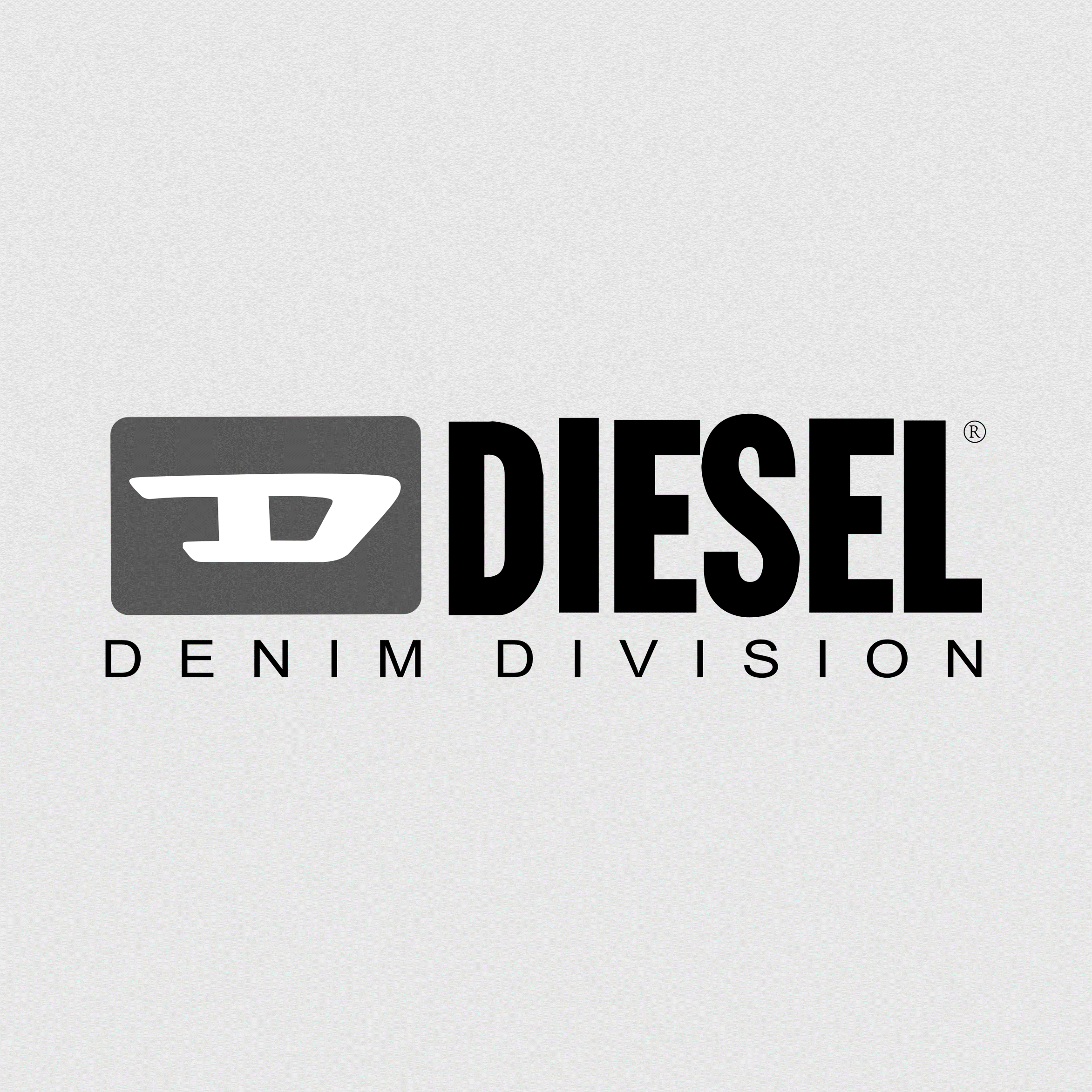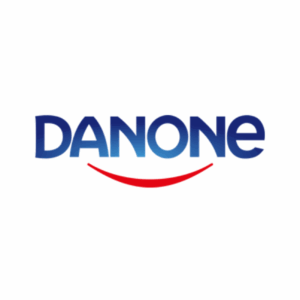Introduction to Diesel
Renzo Rosso, founder of Diesel, launched the brand in 1978 with a simple but revolutionary idea: to create clothes for the younger generation that would be both comfortable, elegant and casual.
Diesel has been working towards sustainability and reducing its environmental impact. The brand has initiatives for responsible living, eco-conscious denim lines, and efforts to minimize carbon emissions and water use in their production processes.
Only the Brave
Criteria
Carbon Footprint, medium
The carbon footprint of Diesel jeans is not explicitly stated in the provided search results. However, already in 2020, OTB (Only The Brave) Foundation had set Net Zero as its target for OTB operations by 2030 and for the supply chain by 2050, In addition, the Group has committed to using 100% renewable energy in direct operations by 2025, as part of its broader transition to cleaner energy sources.
Ecological Impact, medium
Diesel has introduced eco-conscious denim lines like the Diesel Rehab Denim, which utilizes Dry Indigo® Technology to significantly reduce water, chemicals, and energy required in the dyeing process. This initiative reflects Diesel’s dedication to sustainable fashion by implementing innovative techniques that lessen environmental impact.
Energy Consumption, medium
The Groups energy is supplied from a mix of sources. Its stores, offices and warehouses rely mainly on electricity for lighting, air conditioning and electrical appliances, while heating is powered in part by natural gas and in part by electric heat pumps.
When cost is not a significant factor, preference is given to green electricity acquired to reduce the impact of gas-generated carbon emissions. While Diesel’s efforts to reduce chemical and energy usage through Dry Indigo Technology are commendable, the overall energy footprint of denim production remains a concern for sustainability critics.
Freight Density, medium
OTB works with approximately 1120M suppliers in 35 countries. Procurements costs are distributed to avoid dependence on a small number of suppliers and ensure better management of the possible risk of interruptions in the supply chain.
Recycling Rates, medium
Diesel has been actively working to reduce its ecological impact through various sustainability initiatives. One significant project involves transforming textile waste into jeans, with a focus on using recycled fibers to create denim products. By incorporating a minimum of 20% recycled fibers derived from cutting scraps sourced from its Tunisian supply chain, Diesel has been able to produce 28,000 pairs of jeans.
With the Diesel Secondhand project, Diesel denim products are bought back from Italian mono-brand stores and resold through Diesel direct channels. The items are cleaned, repaired and personalized with the wording “Diesel Second Hand” printed inside the garment.
Saving Levels, medium
Overall, Diesel’s focus on sustainability and energy-efficient practices in creating the Rehab Denim line has led to significant energy savings through the utilization of recycled materials and innovative technologies that promote a greener and more environmentally friendly approach to denim manufacturing.
For example, the use of recycled fibers sourced from cutting scraps in Tunisia for the production of 28,000 pairs of jeans demonstrates Diesel’s commitment to sustainable practices that result in energy efficiency and resource conservation.
Specific Product Monitoring, medium
Diesel’s Rehab Denim line is made using 100% recycled cotton and fully recycled spandex elastane mixed with Tencel™ Lyocell using REFIBRA technology.
The use of recycled cotton in the Rehab Denim line helps to address the issue of textile waste and reduces the demand for virgin cotton. By incorporating fully recycled spandex elastane, Diesel further enhances the eco-friendliness of their denim, as traditional elastane production can be resource-intensive and contribute to pollution.
Supply Chain Waste, medium
In August 2022, in response to the European directives on Extended Producer Responsibility for Textile Waste (EP), OTB joined other luxury brands for the launch, to improve management of end-of-life textile products and promote research and development of innovative recycling solutions.
The inclusion of sustainability characteristics in products from the earliest design stages and in the new collections in general has become crucial in reducing the Groups impact. Critics argue that Diesel falls short of achieving true circularity as the process still involves waste scraps from fabric cutting and may not fully align with the principles of a closed-loop system.
Sustainability Scorecards, medium
The sustainability rating of Diesel is not good enough. This rating is based on various factors such as environmental policies in their supply chains, carbon emissions, wastewater management, business models, and product circularity.
Diesel’s performance in areas like workers’ rights, animal welfare policies, and overall sustainability practices has also led to this rating. Despite initiatives towards sustainability, Diesel has received low ratings for its environmental impact and sustainability efforts.
Water Management, medium
The Group is introducing policies and programs to guarantee adequate water quantity and quality for communities and watersheds in the areas where it operates.
The Brand has developed innovative treatments and finishing processes to achieve different levels of discoloration for the typical bleached look of its products, with technologies that, in some cases, use less than a cup of water to treat a pair of jeans. Other environmentally friendly processes include use of synthetic pumice stones, laser finishing technology, nebulization and ozone treatments.
Conclusion
Diesel’s sustainability efforts in the context of its denim production, particularly the Rehab Denim line, showcase a multifaceted approach towards environmental responsibility.
Despite these efforts, there is still a long way to go, especially on the transparency of the carbon information of the brand, which does not seem to share everything.
Related to other brands
Number of criteria met by each brand:
ESCP Business School Team
Research developed by five curious international ESCP Business School students who have worked together to successfully complete their consulting project. They analysed four brands in four different categories -20 brands: sneakers, pod coffee, jeans, makeup, and chocolate, according to 10 environmental criteria.
- Amélie Zeck – Sneaker industry analyst
- Manon Droisier – Jeans industry analyst
- Giorgia Casale – Makeup industry analyst
- Amélie Mahon – Chocolate industry analyst
- Capucine Coselli-Vassoille – Pod coffee industry analyst
Sources
- https://www.the-spin-off.com/news/stories/The-Brands-Discover-Diesel-Rehab-Denim-the-brands-newest-cir cular-project-16980
- https://sourcingjournal.com/denim/denim-sustainability/otb-group-diesel-sustainability-report-net-zero-carbon-emissions-377019/
- https://uk.diesel.com/en/for-responsible-living/be-the-alternative/
- https://sourcingjournal.com/denim/denim-brands/diesel-united-nations-industrial-development-organization-tunisia-pilot-recycled-scraps-jeans-438784/
- https://directory.goodonyou.eco/brand/diesel
- https://daman.co.id/diesel-introduces-ss20-eco-conscious-denim-line
- https://sustainabilityreport.otb.net/2022/read/?doc-type=report-complete&lang=en





0 Comments